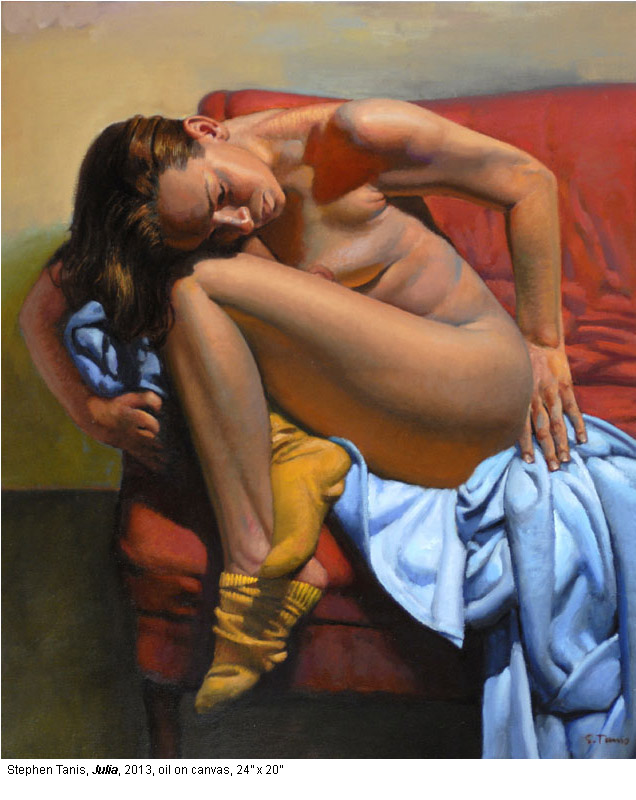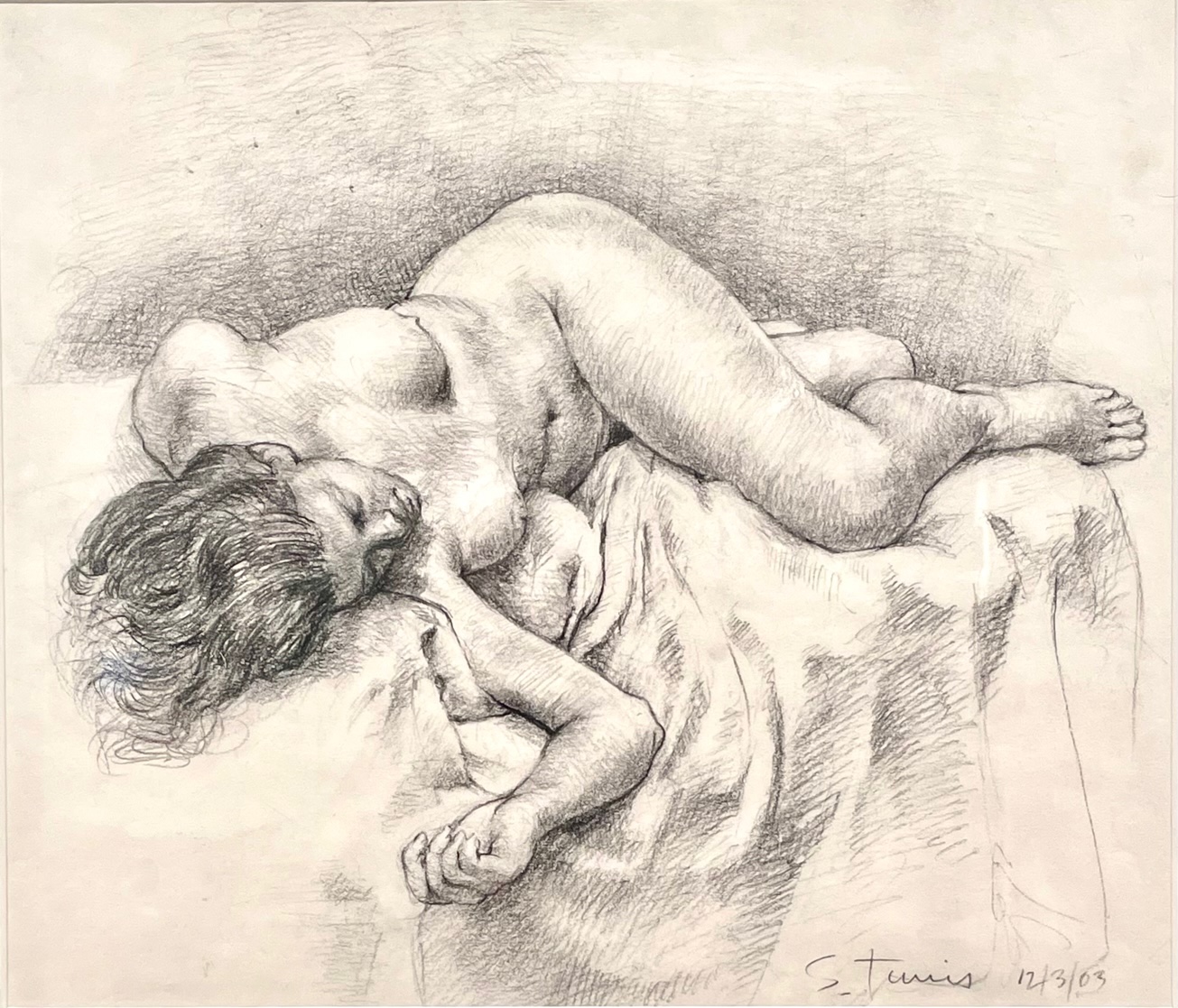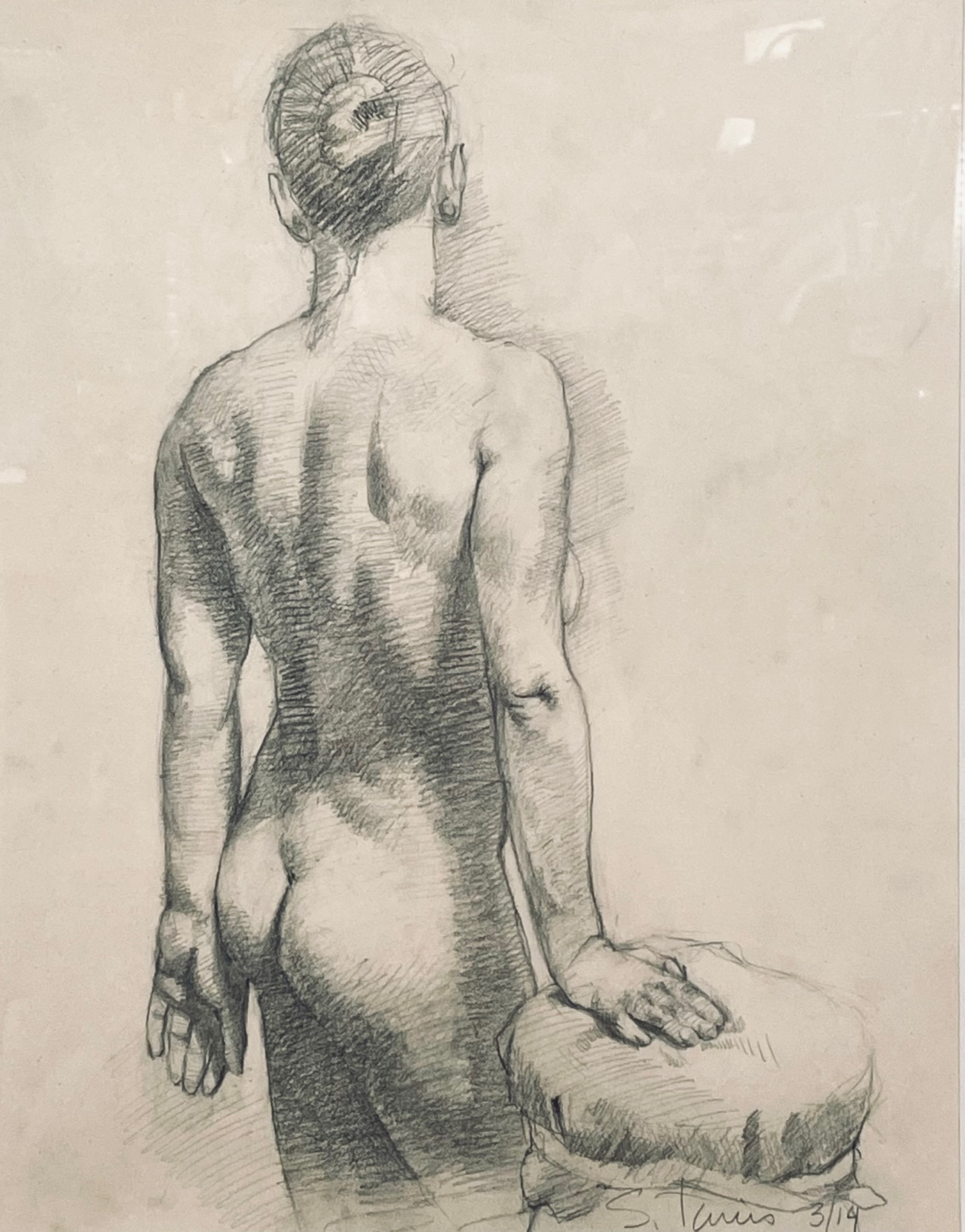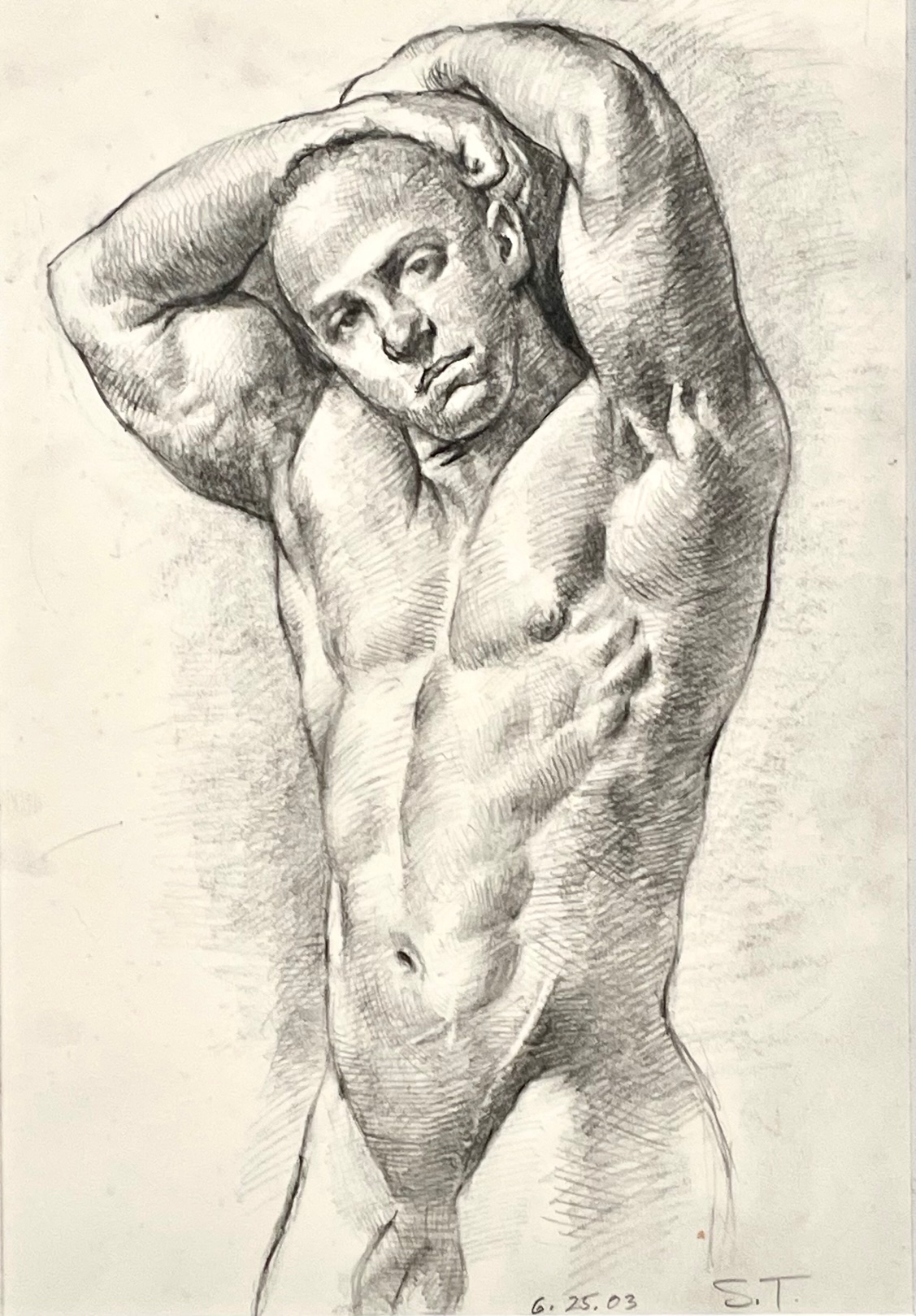+1 302 545 3204
THE NAKED TRUTH
The term "naked truth" refers to the complete truth, without any embellishments
or cover-ups. It signifies the unvarnished reality of a situation or information.
The naked truth is synonymous with concepts
such as honest truth, plain truth, straight truth, and unqualified truth.
This expression supposedly alludes to a fable in which Truth and Falsehood
went bathing, Falsehood then dressed in Truth's clothes, and Truth,
refusing to take another's clothes, went naked.
Works by Lisa Bartolozzi, Mary Page Evans, Rebecca Raubacher, and Stephen Tanis
explore humanity from their unique perceptions.
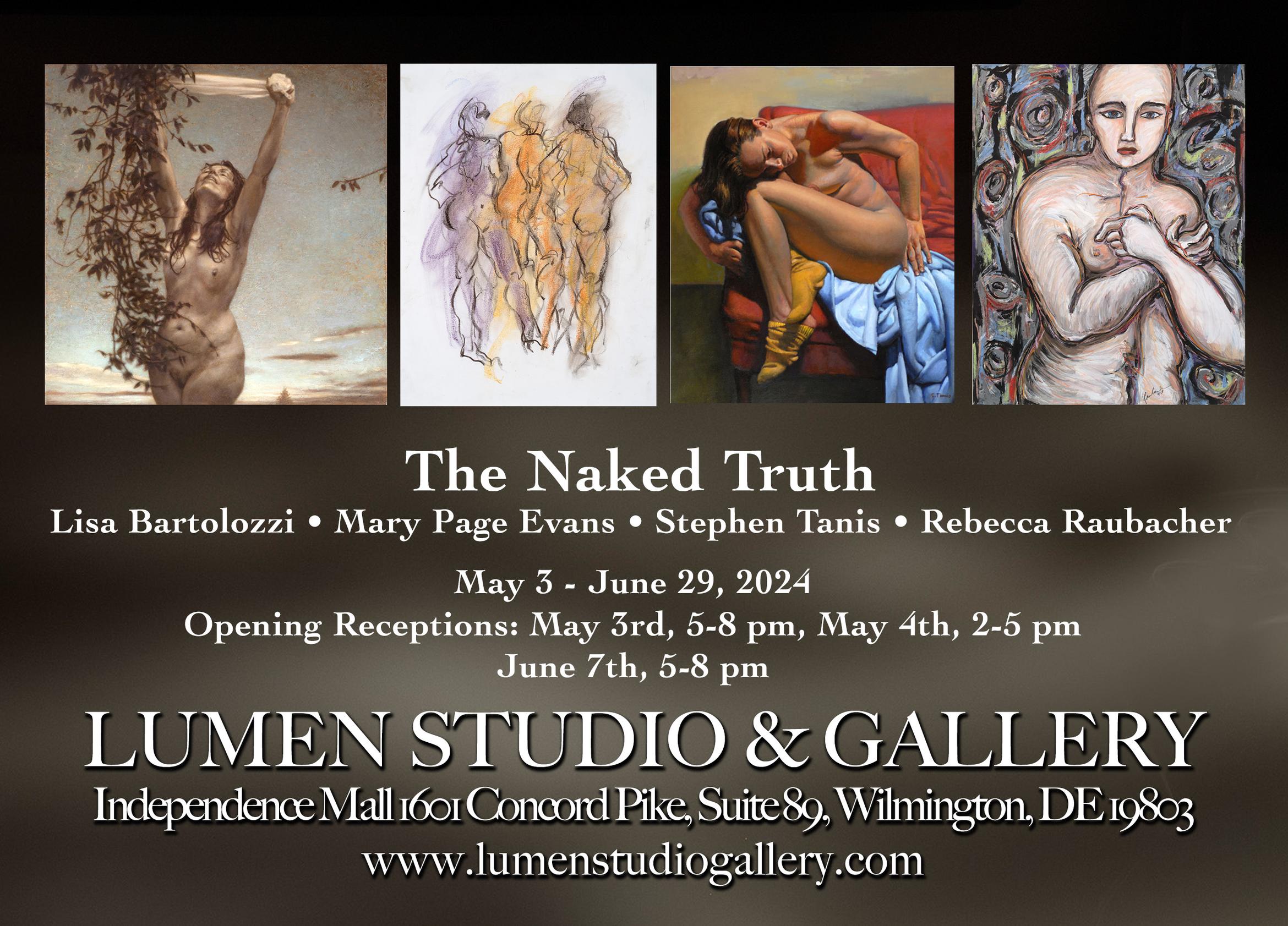

Lisa Bartolozzi
Artist Statement for
‘The Susanna Series’
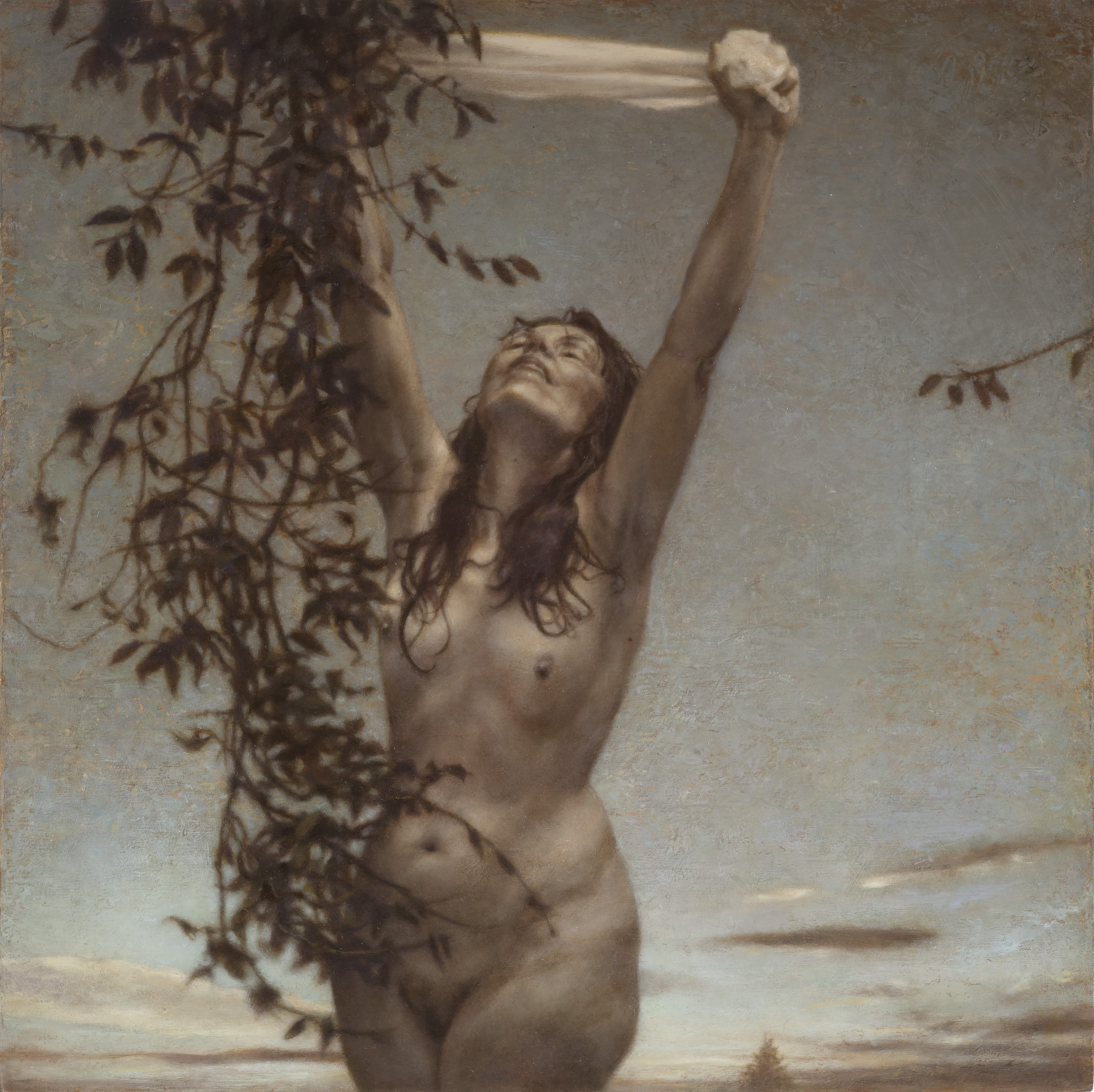
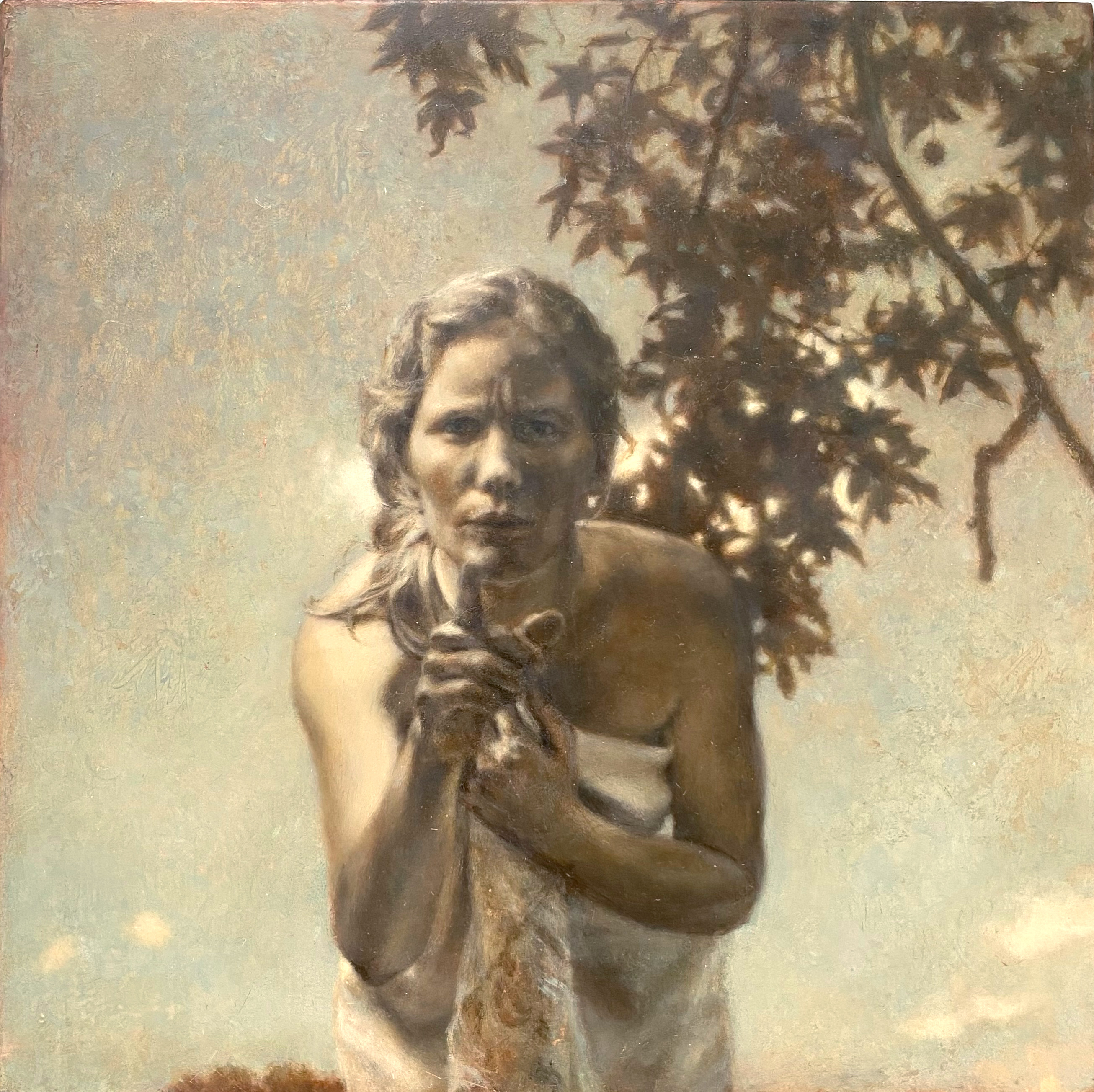
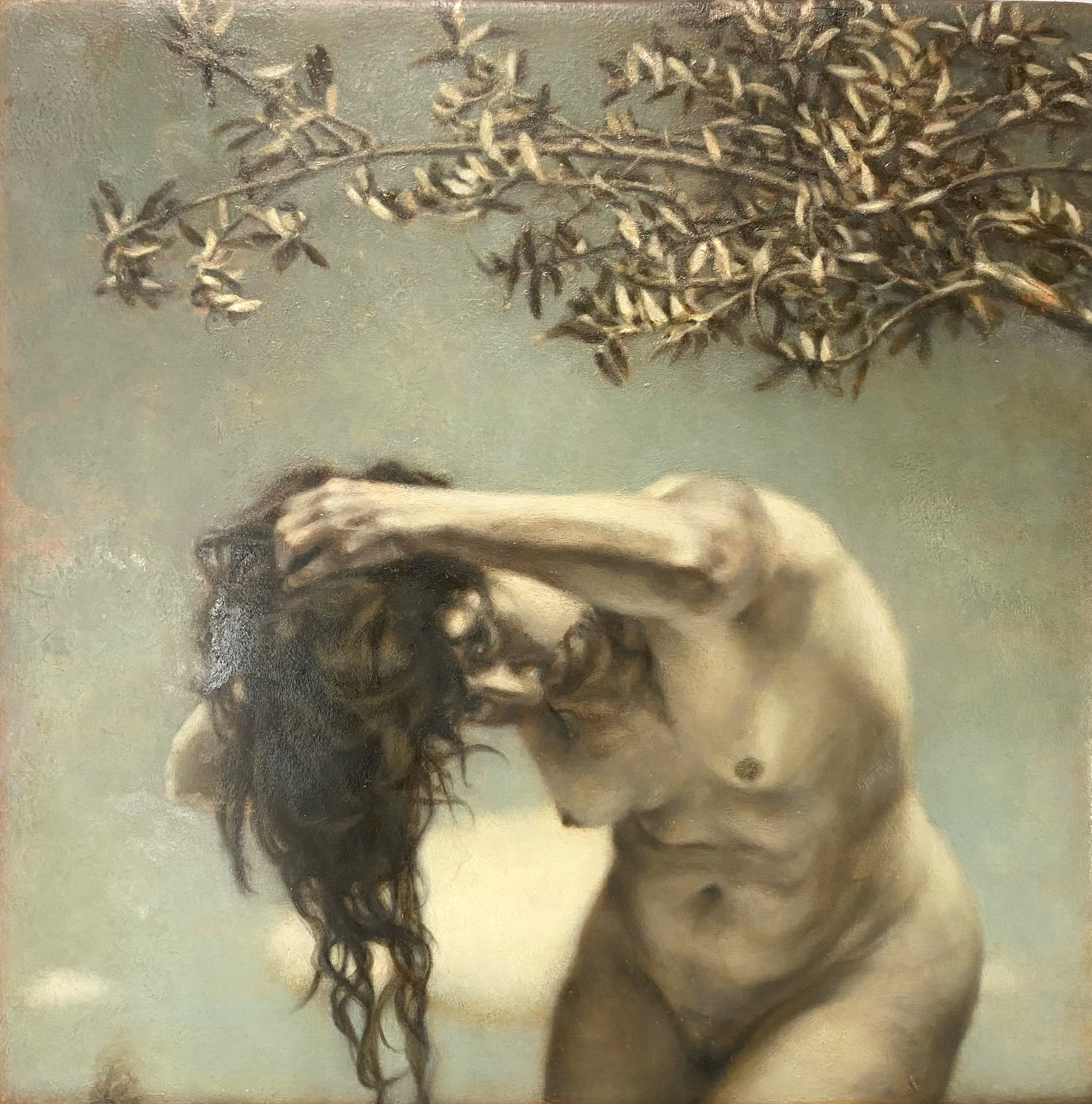
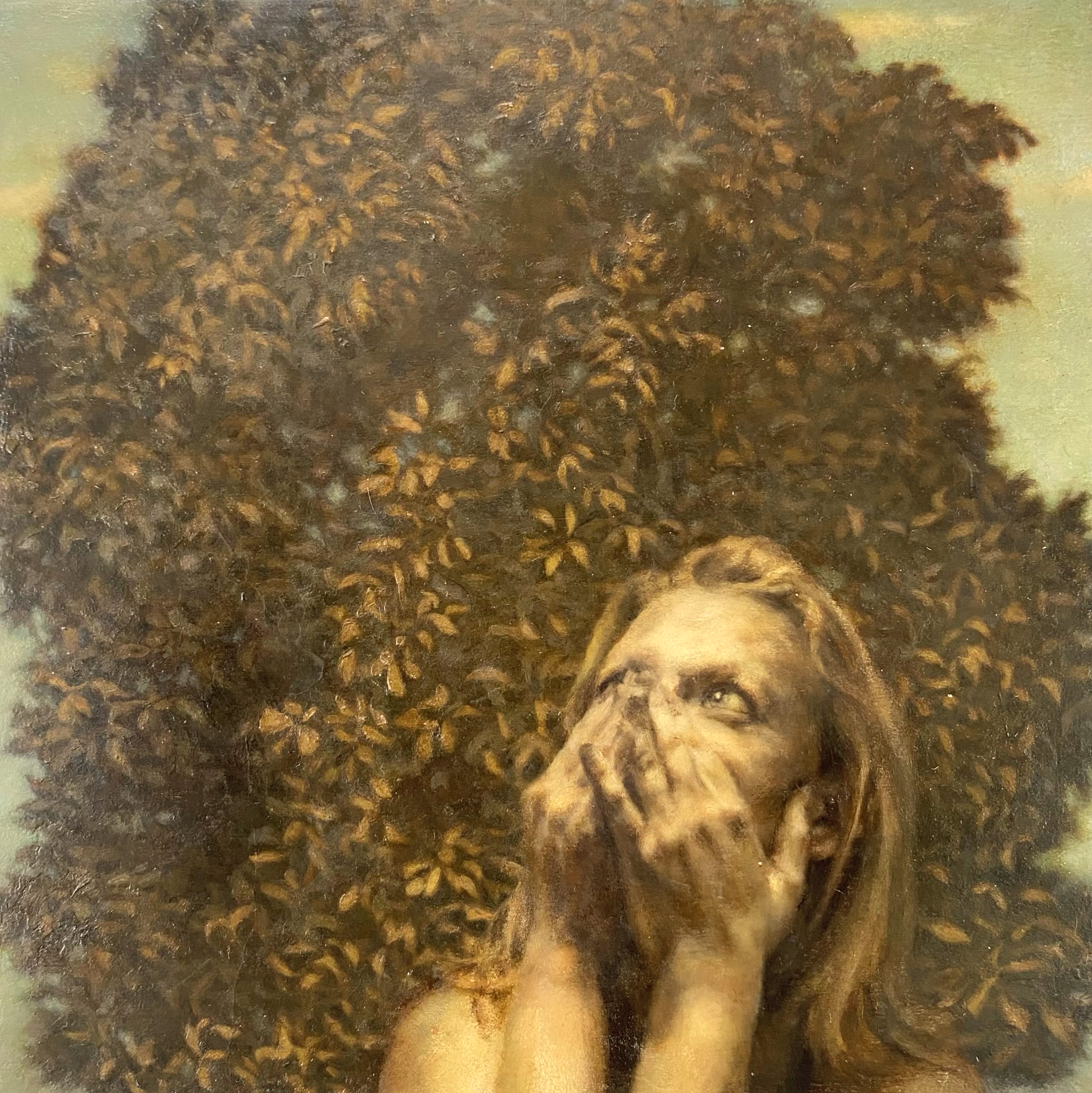
Mary Page Evans
In 1984, artist Gene Davis described Mary Page Evans’ paintings as,
“hymns of unadulterated joy.” While Evans paints still lifes and images
of the human form, it is her landscape and garden paintings created
directly from nature, en plein air that capture this sentiment. Evans
exhibits in Virginia, Delaware, Pennsylvania, and Washington, DC. She
has artwork in numerous public and private collections such as: the
National Museum of Women in the Arts, Delaware Art Museum, Brandywine
River Museum of Art, and the State Museum of Pennsylvania.
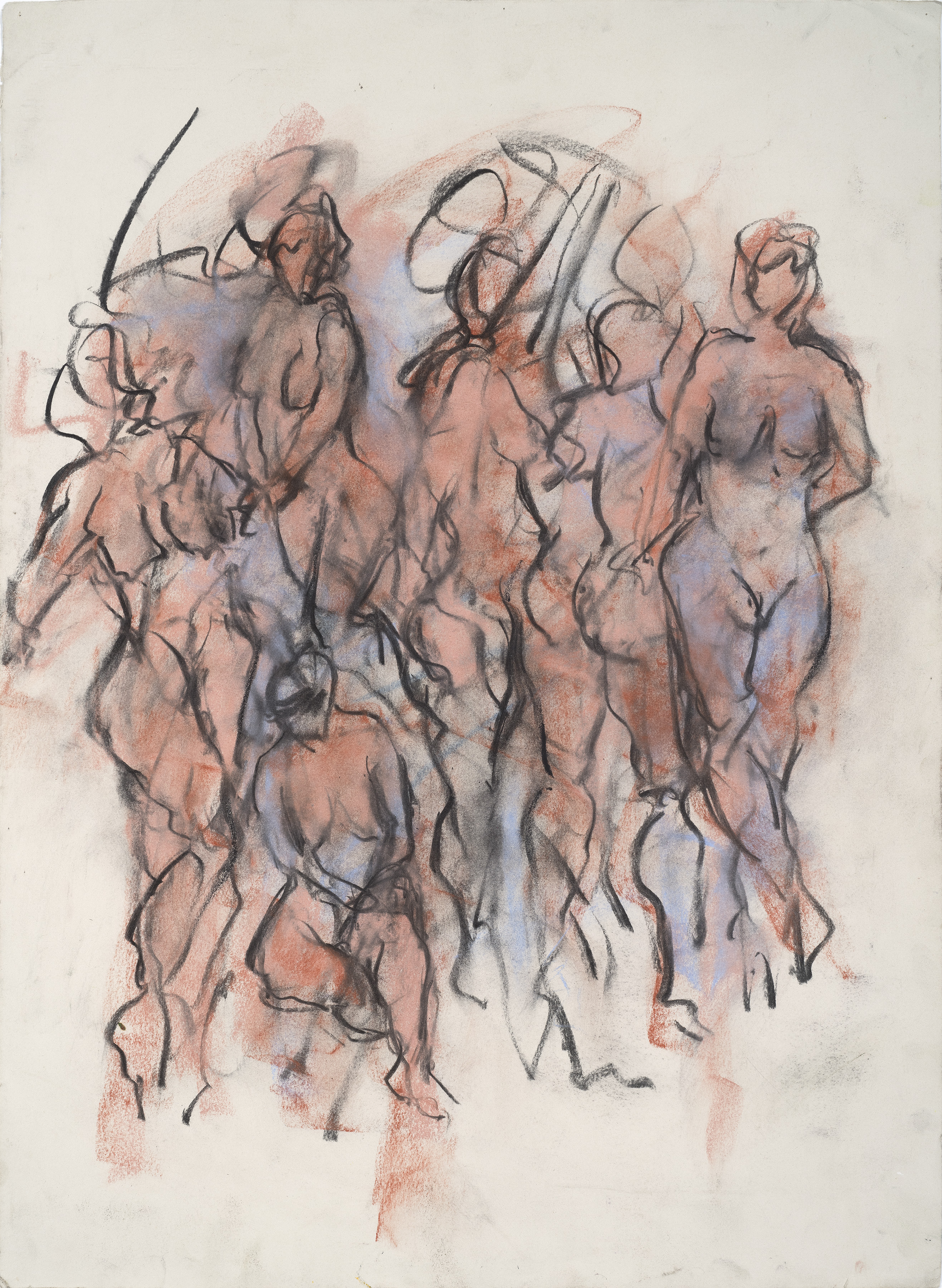
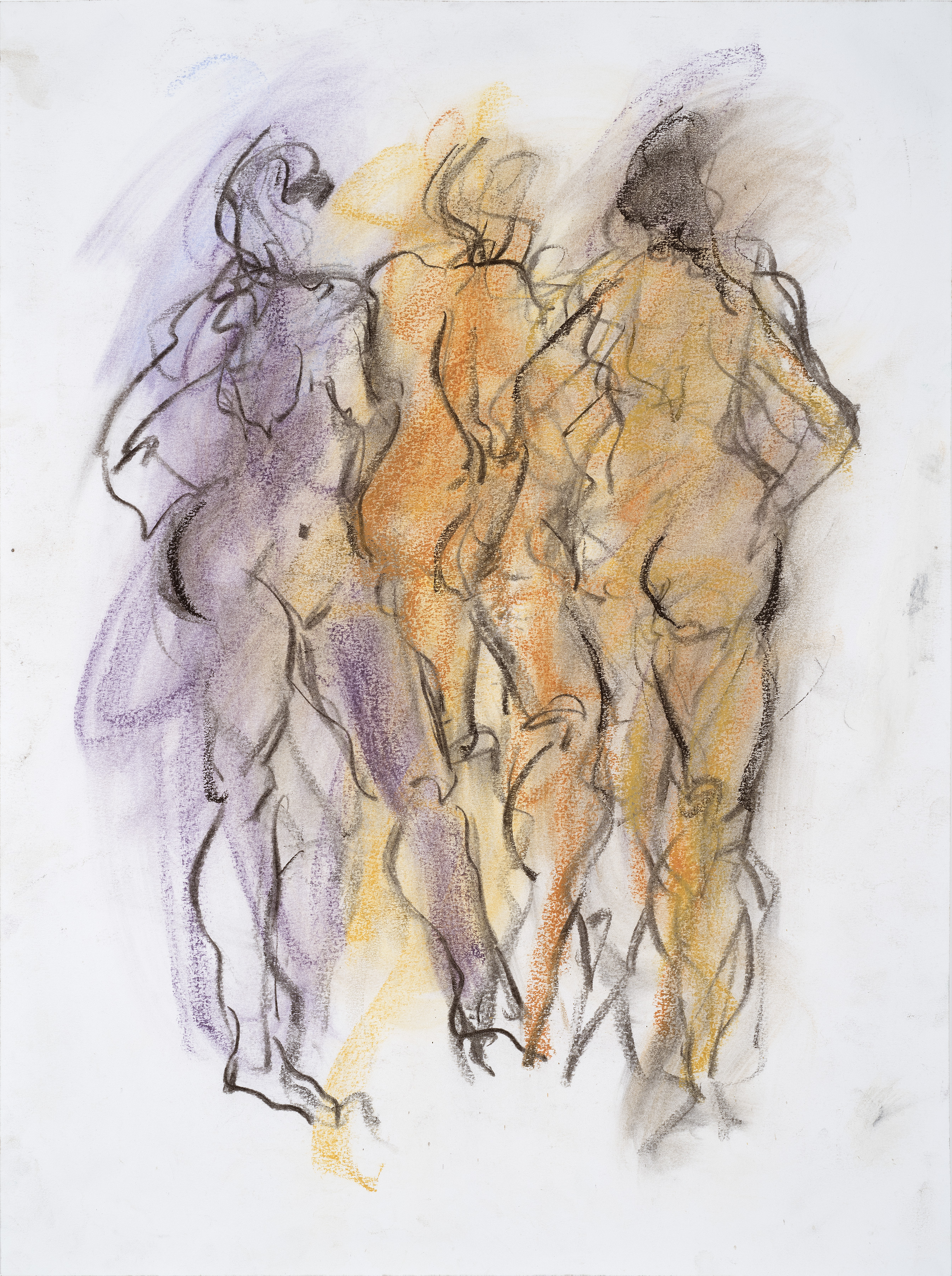
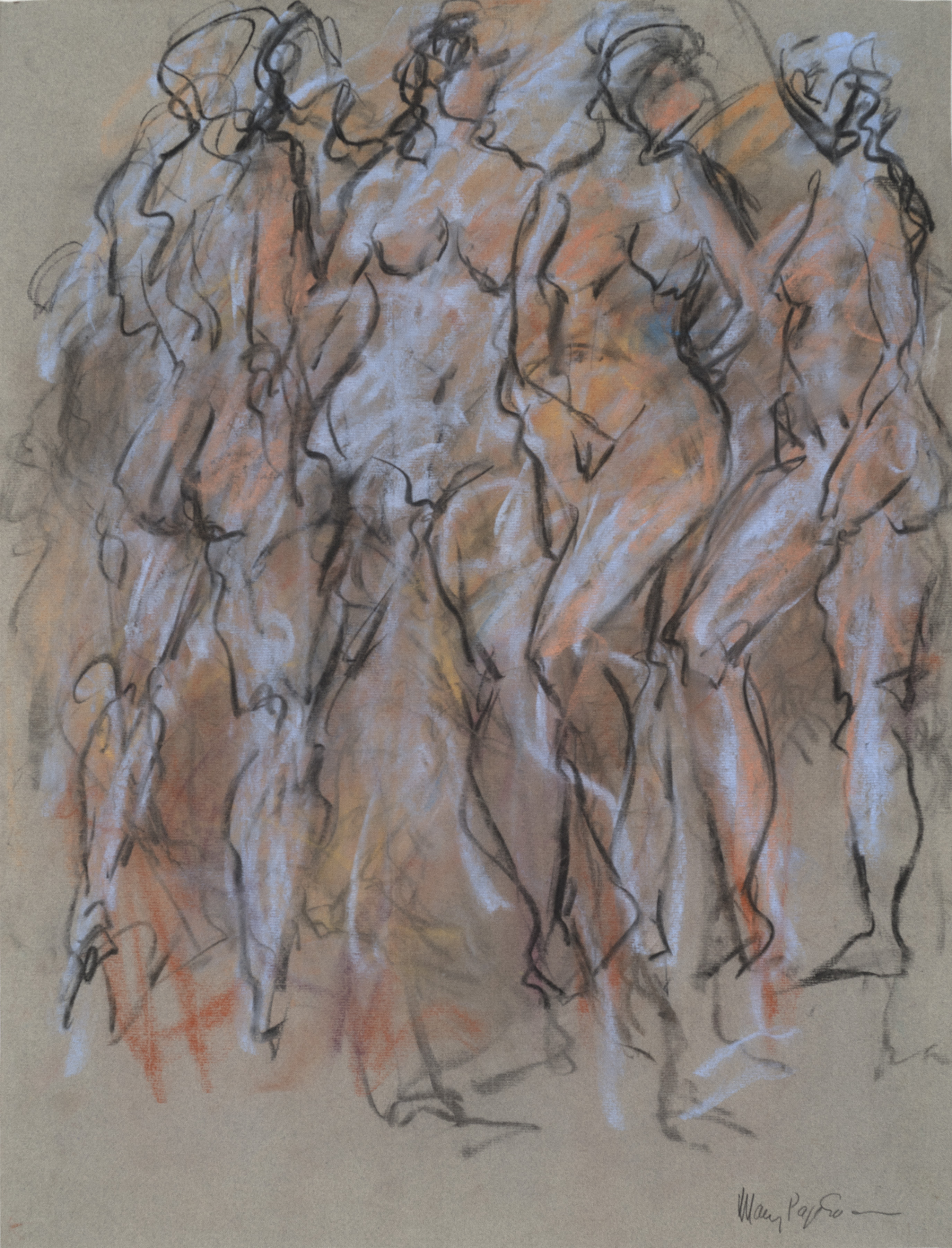
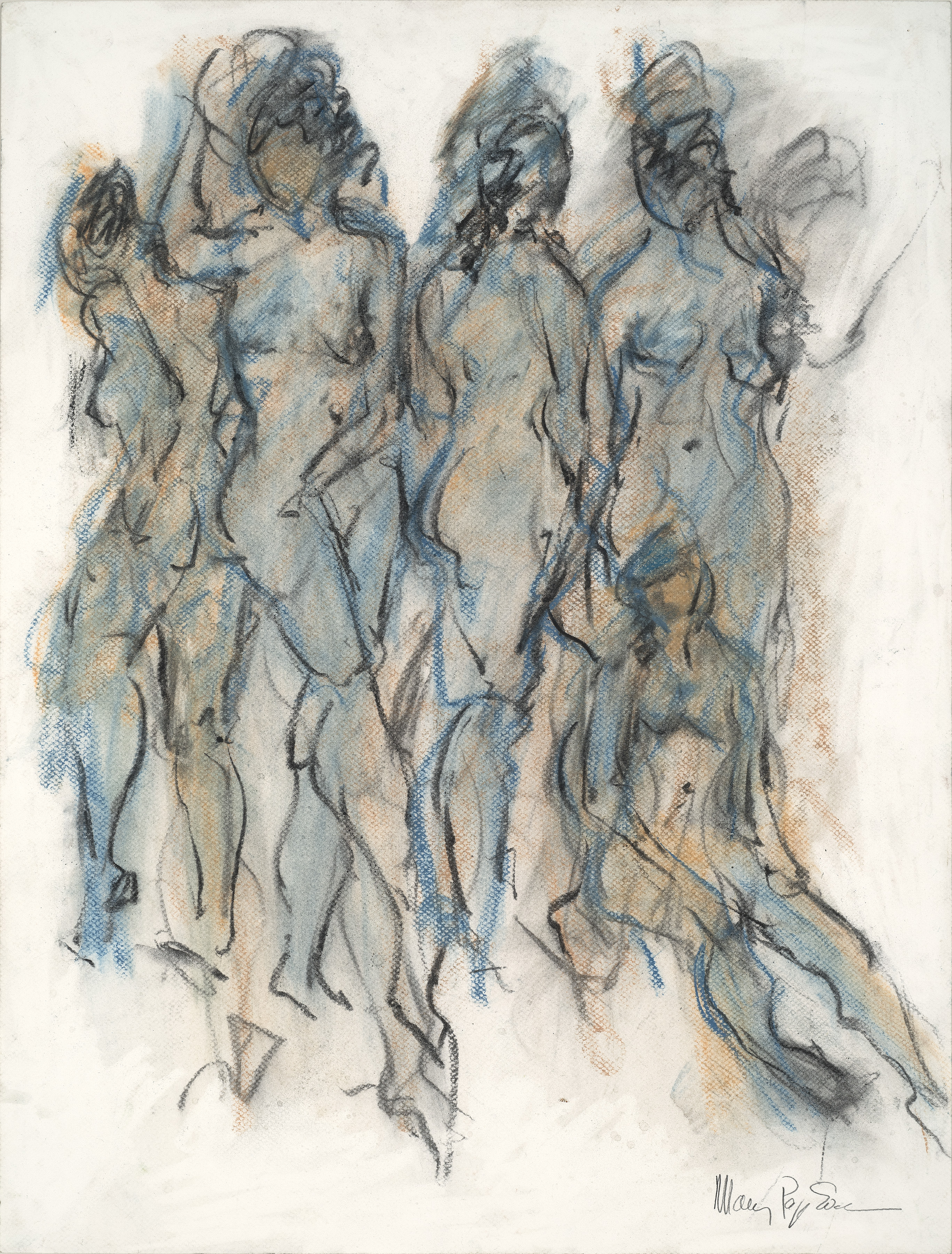
Rebecca Raubacher
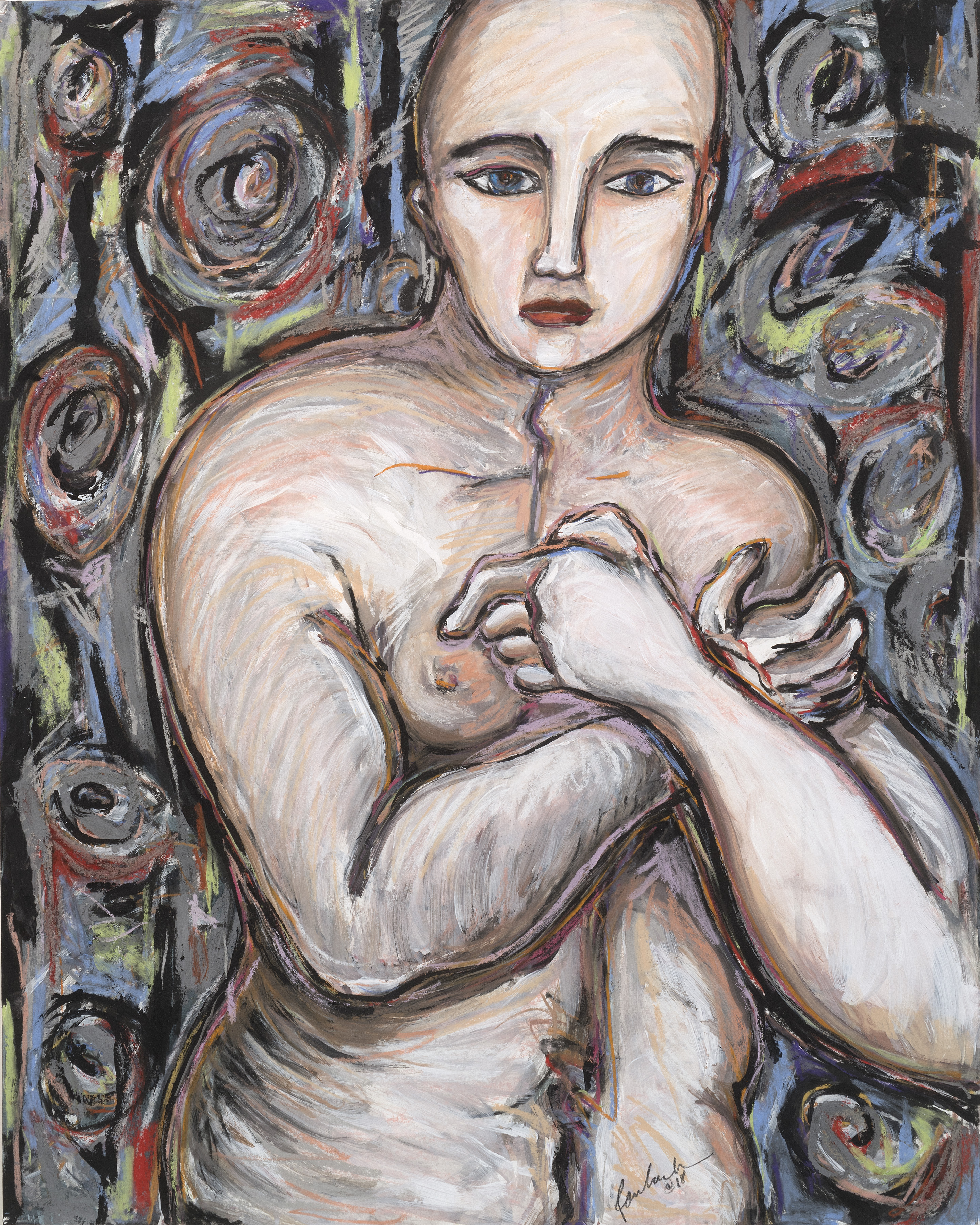
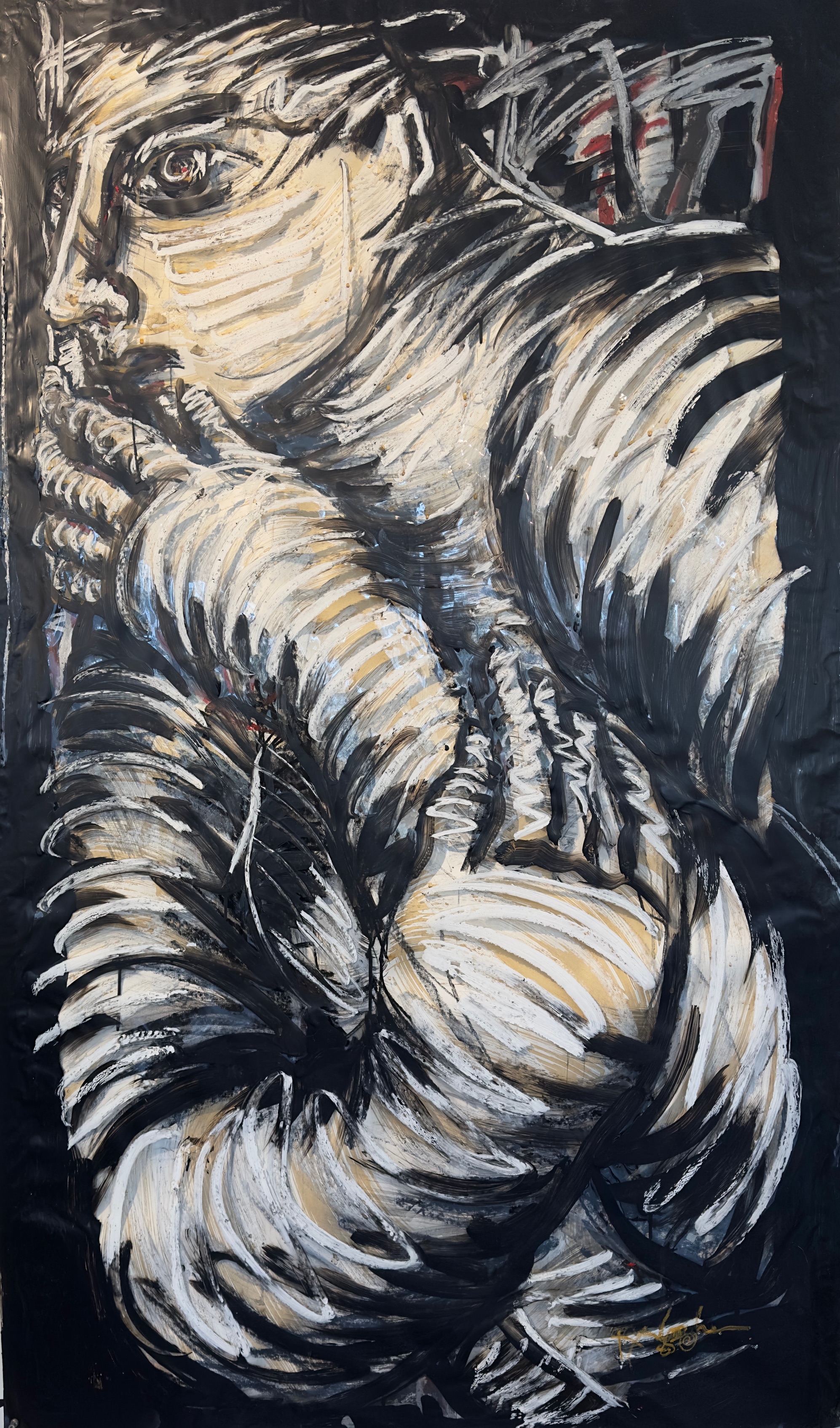
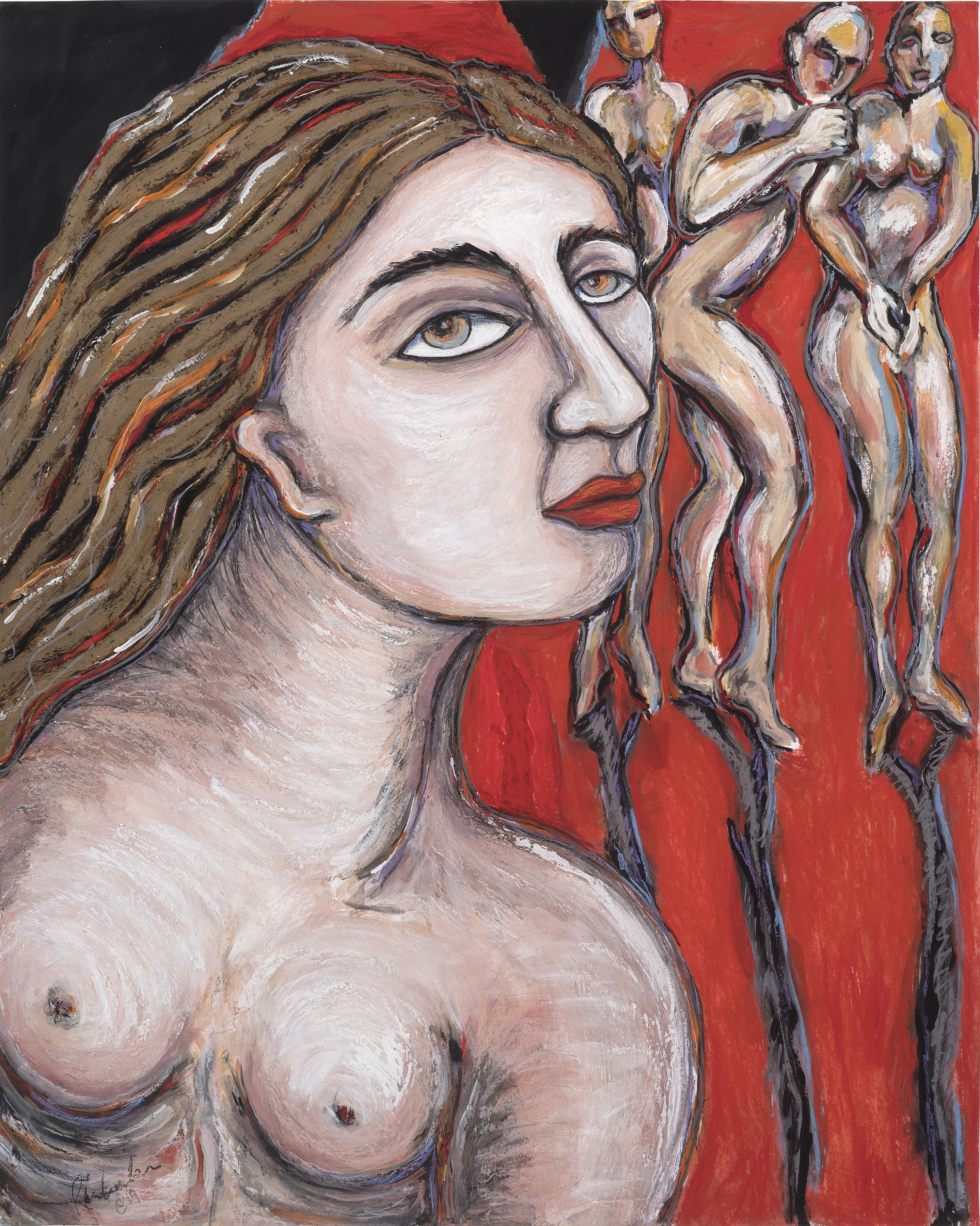
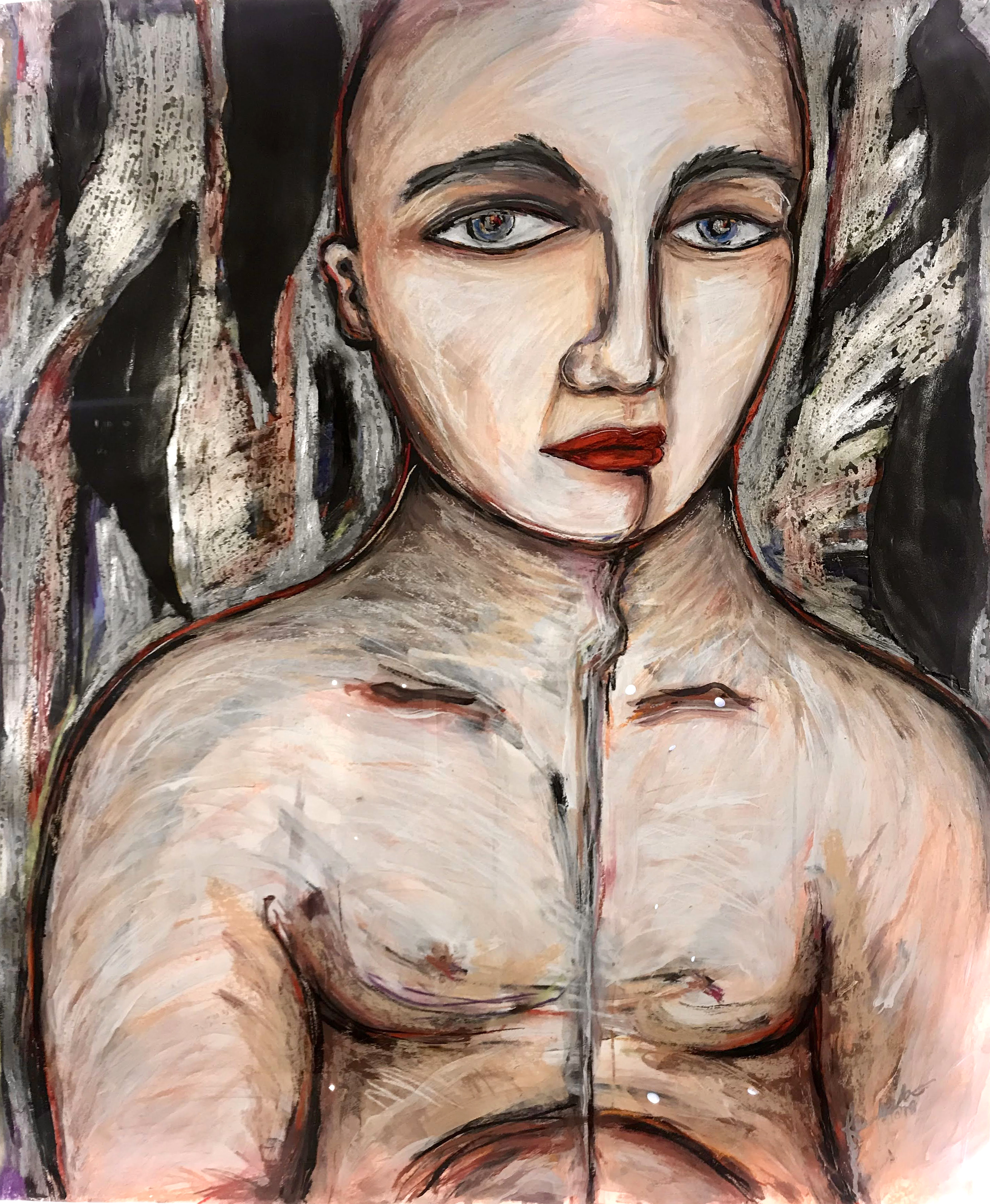
Stephen Tanis
"Observational drawing has been a constant in my life as an artist and has always given me firm direction in my approach to subject and content. My love of drawing is the main reason that I am an artist.
Stephen Tanis is a painter and Professor Emeritus at the University of Delaware where he taught both painting and drawing in the Department of Art for nearly thirty years. He received a BFA from the University of Cincinnati and an MFA in painting from the Cranbrook Academy of Art.
Tanis has been the recipient of three individual artist fellowships from the Delaware State Arts Council: the first for painting, the second for works-on-paper, and the third, a Masters fellowship in 2002 for painting. In that same year, Tanis received a Delaware Governor’s Award in the Arts. He has also received individual fellowships from the Hereward Lester Cooke Foundation and the John F. and Anna Lee Stacey Foundation. Tanis has had over twenty five solo exhibitions of his work in galleries and museums including eight shows at the Sherry French Gallery in New York City and six shows at the Jane Haslem Gallery in Washington, DC.
In 2009, Stephen Tanis was honored with a retrospective show at the University of Delaware Museum that spanned forty-one years of his painting. His work is included in numerous public and private collections throughout the United States, the UK and Europe.
